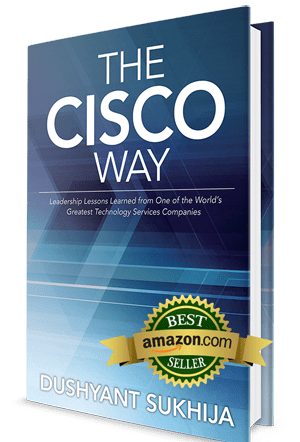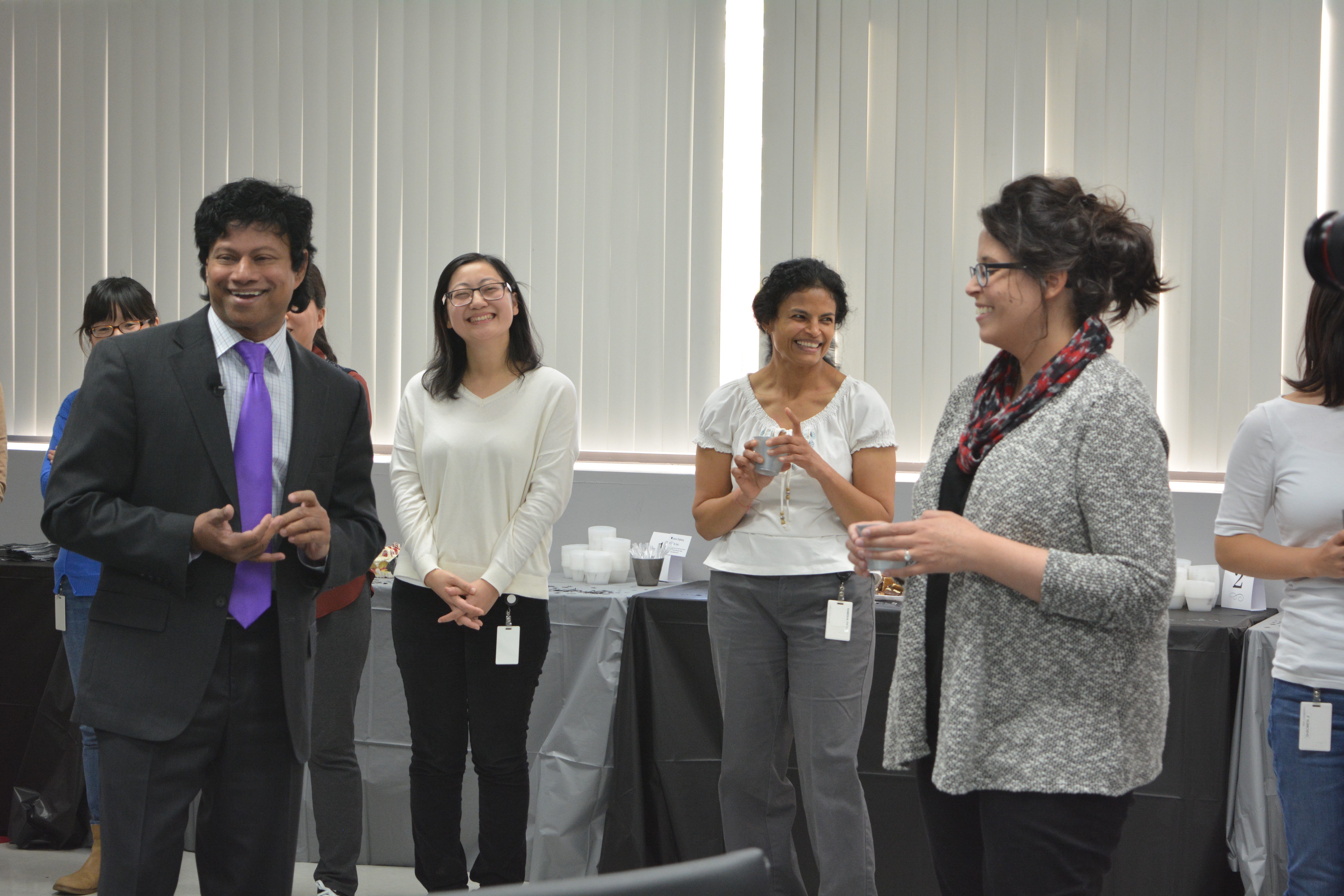Taking stock of infrastructure, one road, bridge, pipe and high-voltage line at a time
With less than two weeks before America’s 45th president takes office, those who listened to Donald J. Trump’s argument about the need for infrastructure renewal may find our series of articles on the issue...
Preserving Our Bridges
Engineers Are Doing What They Can to Prioritize Fixes, Extending Life of Vital Structures
5 Ways Companies Can Support Healthier Employees in the New Year
As companies ring in 2017, employees will return with a sense of rejuvenation, hope and determination. This is going to be the year they improve their health.
Those businesses that provide them with a comprehensive...
Steal This Idea: Caramel Company Gets Sales Blitz After QVC Appearance
You’ve got to love a company mission statement like the one that Kelly’s Karamels uses: “Create sweet moments for all our patrons, one caramel at a time.”
That commitment to its customers is one reason...
What a Career: Teacher Becomes Executive Director of Leading Literary Project
What happens when you mix people who are experts in their writing and teaching professions with Detroit schools? Something truly amazing, and now the InsideOut Literary Arts Project has a new leader to continue...
Steal This Idea: Refresh Your Post-Holiday Skin with the Hair of the Dog
Many people make New Year resolutions to take better care of their bodies – but how many actually follow up on this idea? Self-care practices are not only important, they actually can help make...
She Always Will Be a Reporter, but Now She is Her Own Boss as...
Starting over with a new career – even if the decision to move on from your long-time job was yours – can be challenging to say the least. But, as one local entrepreneur is...
5 Ways Leaders Can Take Charge in an Era of Digital Disruption
The rapid advancement of technology continues to change the world – and the marketplace – faster than many businesses can keep up, disrupting all their plans and threatening to render them obsolete.
That’s why it...
Talk About a Bonus: Ann Arbor Company Shares Its Success with Its Employees
Every company has a reason to celebrate at year’s end – they could honor their yearly success, talk about their employee efforts or think about the work to come and how they’ll accomplish even...
Electrical Apprentices Design Wreaths for Grand Rapids Home for Veterans
Baking cookies, singing carols and decorating for the holidays are a key part of getting ready for the holidays. But giving back to your community also should fit in there somewhere.
Recently, student apprentices of...
Five Great Coffeehouses to Hold a Meeting in Metro Detroit
Sometimes, you need caffeine if you're going to get any work done. And, sometimes, you need coffee just to get a few words out.
Whatever the reason, you might need to meet a co-worker, boss...
Family Tradition: Detroit Police Officer and Son Join Longtime Catering Business
When Phil Rodriguez approached his uncle about purchasing the family catering business, the conversation focused more on the Golden Rule than advertising or accounting.
That’s because founder Chico Rodriguez wanted to know one thing before...
Franco Loves the Holidays!
Franco team members got together to create gingerbread houses and decided to rock our ugly Christmas sweaters as well! Happy holidays from Franco!
Should You Party Hardy? Six Tips on Holiday Etiquette at the Office
‘Tis the season for office parties, gift exchanges, and myriad opportunities for awkward situations at the office. Whether you’re the boss or an employee, there are a number of codes that govern what it...
These Simple Recipes Will Make You Look Like an Expert Host This Holiday
The holiday season has arrived, which means it’s that time of year when guests expect you to bring them some figgy pudding – or any type of pudding for that matter.
After all, those guests...
Infrastructure Support Strong for Mich. Women Business Owners
As we enter 2017, the state of the business climate for women business owners in Michigan is sound. That’s the prognosis from Jennifer Deamud, chief operating officer of the Grand Valley State University-based Michigan Small Business Development Center.
Video, Quality Content Key to Social Media in 2017
Make plans to develop your brand authority, find your fans, guide your audience and share your story in the year ahead.
Your Most Important Skill
Are you great at attracting, motivating and keeping employees? Your most important skill is your ability to consistently hire and retain quality employees.
The Internet of Things and the Big Brother of Clean
The Big Brother of Clean isn’t out to get you, it’s out to enhance your peace of mind and your janitorial provider’s performance.
He Loved Beer and Bikes, So He Started His Own Tour Company to Combine...
Asking Stephen C. Johnson to name his favorite beer would be like asking a parent to pick their favorite child; you simple cannot isolate one when you enjoy them all equally.
Johnson is the owner...





















